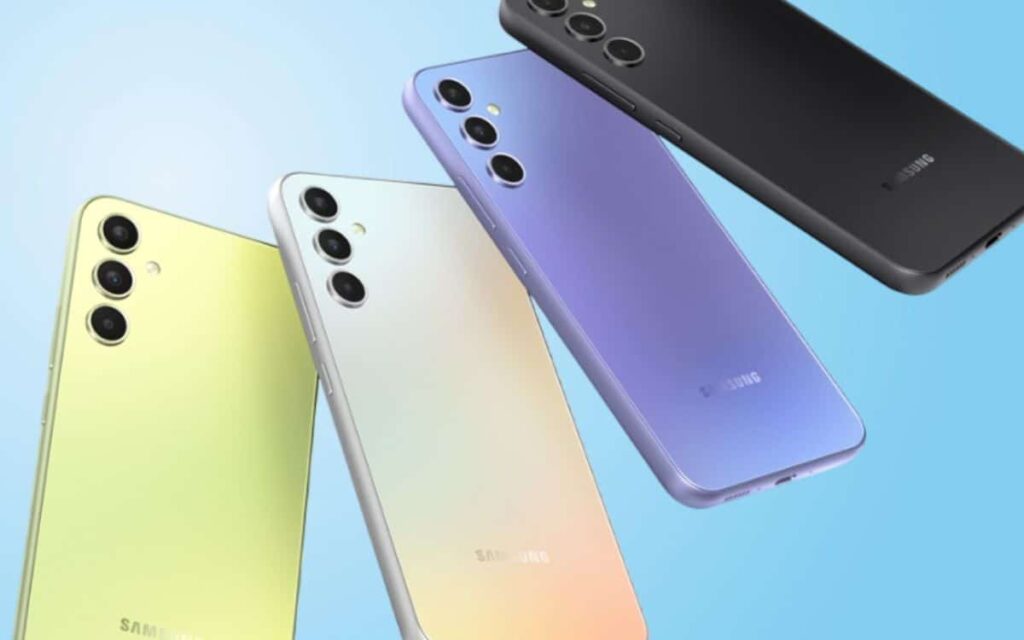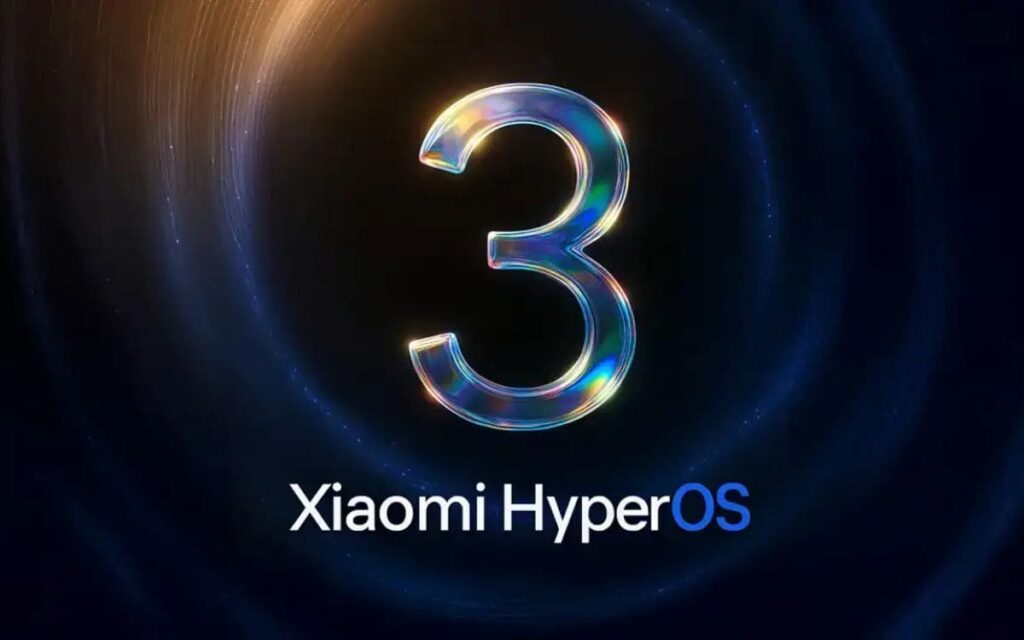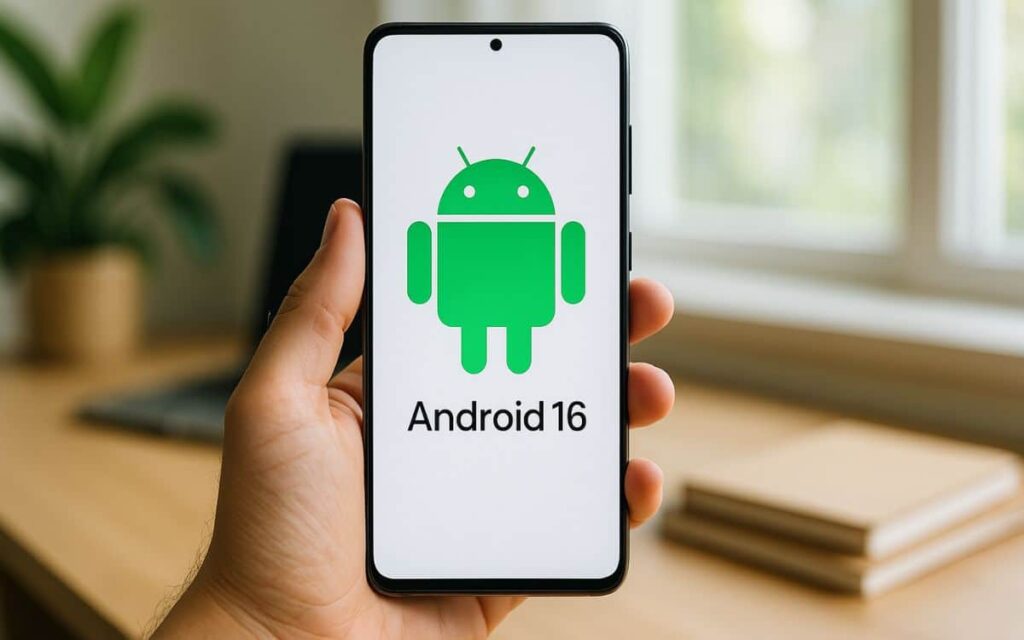After launching in South Korea, One UI 8 is now rolling out in its final version for the Galaxy A34 in Europe. This is a significant update based on Android 16 for this highly popular mid-range smartphone.
Android 16 continues to progress as preparations are underway for One UI 8.5. Now, the Galaxy A34 in Europe is the latest model to receive the update, following several other high-end devices. The stable version carries the firmware number A346BXXUBEYI7 and requires approximately 2 GB of free space.
Here are all the new features of One UI 8 for the Galaxy A34
In addition to France, the update is available in Austria, Croatia, Germany, Ireland, Italy, Poland, Portugal, Serbia, Slovenia, Switzerland, the Czech Republic, and the UK. To check if One UI 8 is available for your Galaxy A34, simply go to Settings > Software Update > Download and Install.
Once the download is complete, a button will allow you to initiate the installation, which will require the smartphone to restart. The installation process takes a few minutes to complete. For reference, the Galaxy A34 was launched in March 2023 with Android 16 pre-installed. Android 14 and Android 15 were respectively released at the end of 2023 and in 2025. This marks the third major update, with the final one for the Galaxy A34 being Android 17, due to arrive next year.
So, what are the new features of One UI 8 for the Galaxy A34?
- One UI 8 reorganizes the QuickShare panel.
- Samsung Internet features a new interface.
- The Modes and Routines now offer additional actions.
- The camera introduces a swipe gesture to show or hide options.
- More customization options for managing alarms, Calendar entries, and reminders.
- The My Files app gets minor aesthetic updates.
- Samsung Health adds a new running distance challenge feature.
- The Secure Folder benefits from enhanced protections.
- The Weather app adopts new design elements for better consistency.
In summary, a host of exciting new features awaits Galaxy A34 users, a highly popular mid-range smartphone. One UI 8 is gradually being deployed across Samsung smartphones, starting with the newest models before extending to older generations.




